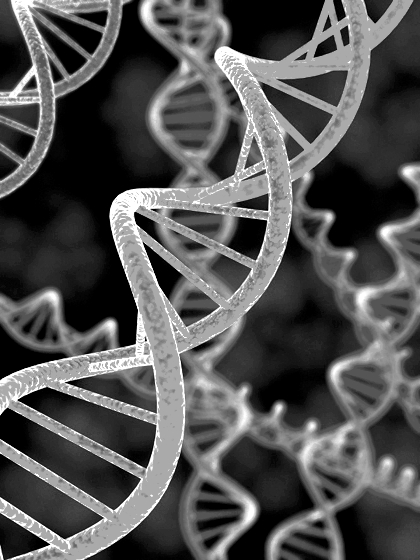Viral finding in First Nations DNA
 An ancient gene may explain why some First Nations people face tougher battles with disease.
An ancient gene may explain why some First Nations people face tougher battles with disease.
Australian researchers have identified a new gene variant that affects immune responses among First Nations people across Oceania, providing insights into their heightened vulnerability to severe respiratory illnesses.
The breakthrough could pave the way for more effective disease prevention and treatment strategies tailored to these populations.
The study, led by the Peter Doherty Institute for Infection and Immunity and Monash University, marks the first comprehensive investigation of natural killer (NK) cells in Oceania’s First Nations populations, including Aboriginal and Torres Strait Islander communities.
NK cells are a critical component of the body’s early immune response, targeting infected cells and limiting viral replication at the onset of infection.
“Natural killer cells, a type of white blood cell, are key in mediating early immune control against a broad range of viruses,” says Professor Katherine Kedzierska, co-senior author of the study.
The research, published in Cell, identifies specific variations in the KIR3DL1 receptor, which guides NK cells in recognising and responding to infected cells.
KIR3DL1, a highly variable receptor with over 200 forms in humans, plays a crucial role in binding to human leukocyte antigens (HLAs) on cell surfaces.
HLAs present viral peptides for immune recognition, and variations in HLA can impact how well NK cells detect infections.
The study reveals that certain KIR3DL1 variations found in First Nations populations bind more tightly to local HLA variants, enhancing the immune system’s ability to recognise and manage infections early.
A significant discovery of this study is the identification of a rare gene variant, KIR3DL1*114, thought to have been inherited from Denisovans, an archaic human species.
This variant, which is unique to Oceania, shows stronger binding to the HLA-A*24:02 variant that is prevalent in the region.
The tight interaction between KIR3DL1*114 and HLA-A*24:02 has likely evolved to protect against specific regional pathogens.
This genetic adaptation might also contribute to the increased risk of severe outcomes from respiratory viruses, as HLA-A*24:02 has been associated with poorer prognosis in viral infections.
The frequency of KIR3DL1*114 is notable - about 28 per cent in highland Papuans and around 6% in Northern Australian First Nations populations.
Researchers estimate that up to five million people across Oceania carry this variant, which represents an enduring impact of archaic admixture on the immune systems of modern populations in the region.
“We have shown how the Indigenous and Māori forms of KIR3DL1 interact with the most common HLA molecules in Oceania, which explains why they bind more tightly than the KIR3DL1 forms predominant in other parts of the world,” said Dr Camilla Faoro, co-author of the study from Monash University.
The study not only advances the understanding of immune variability among First Nations populations but also emphasises the importance of including diverse populations in genetic and immunological research.








 Print
Print